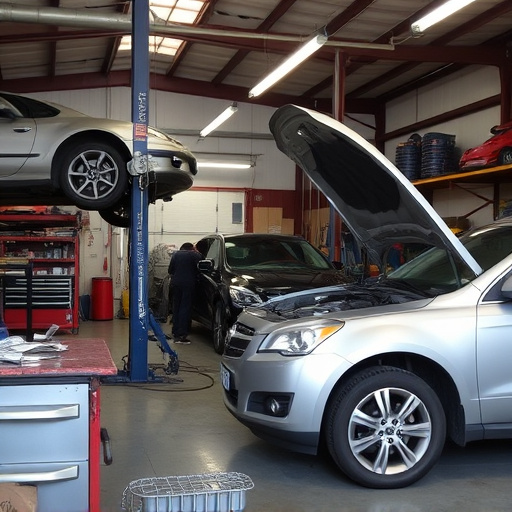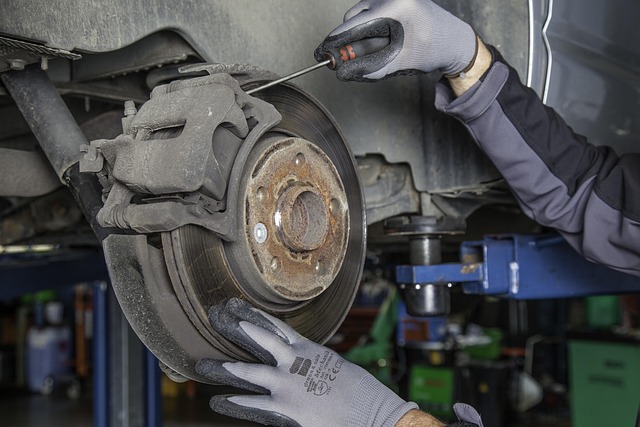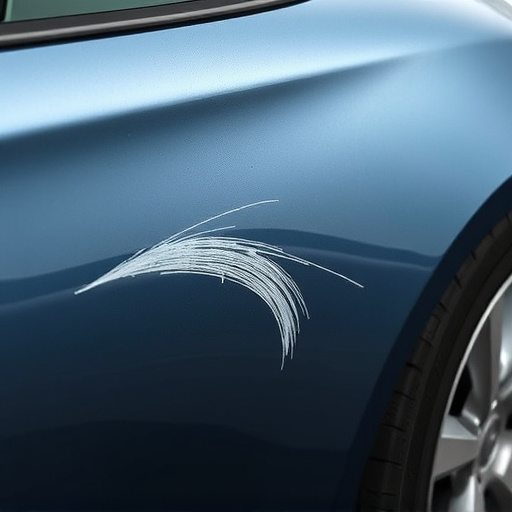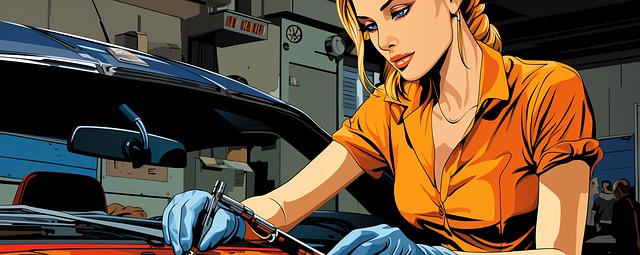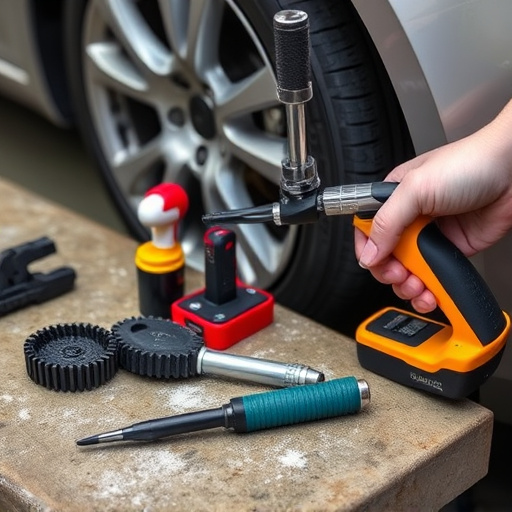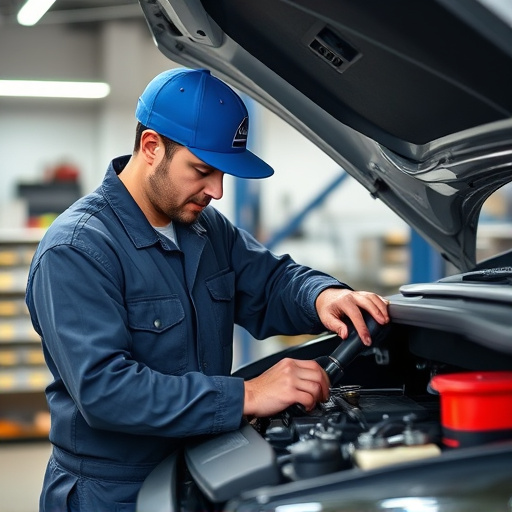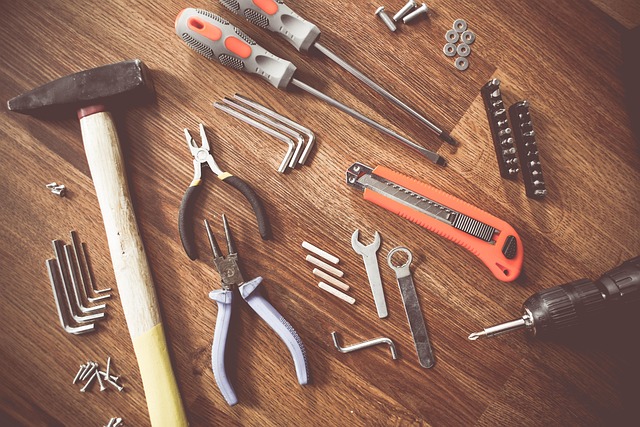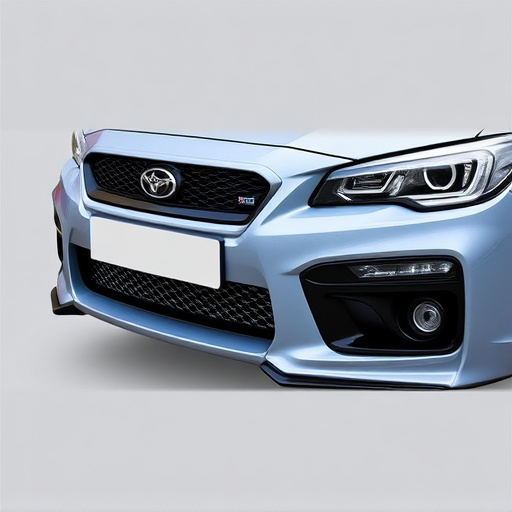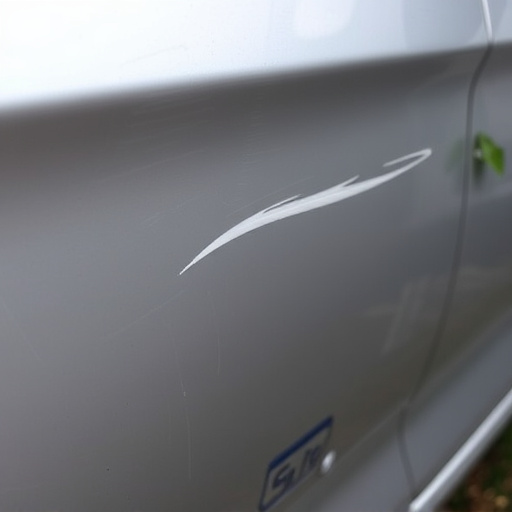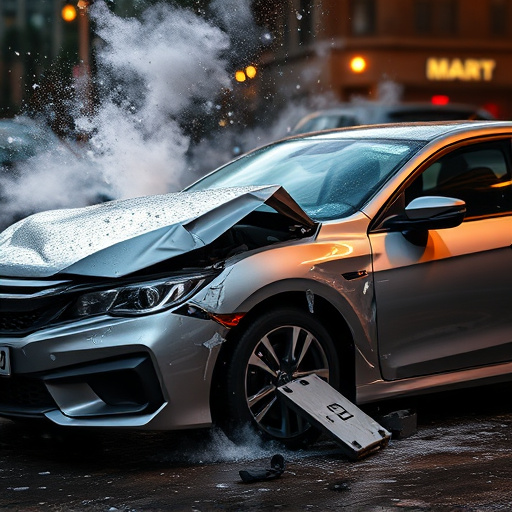Repair Quality Verification (RQV) is a rigorous process ensuring vehicles, from cars to trucks, maintain peak quality post-repairs. Beyond visual checks, RQV includes functional tests, quality control, and material inspections to validate structural integrity, aesthetics, and safety compliance. For instance, in collision repair centers, RQV might involve checking panel alignment, paint consistency, and sealing against water ingress. Regular thorough post-repair checks are crucial for maintaining high standards in major repairs like car scratch repair or automotive collision repair, enhancing accuracy, customer satisfaction, and technician professionalism. Effective RQV is a comprehensive process that ensures top-tier auto body work through clear communication, visual inspections, advanced technologies, and rigorous testing against industry standards and safety regulations.
Repair Quality Verification (RQV) is an essential step after major repairs, ensuring that the work meets high standards. This critical process involves assessing the repair’s accuracy, safety, and long-term functionality. By implementing thorough RQV, homeowners can avoid costly mistakes and future damage. In this article, we’ll explore why RQV matters, delve into its benefits, and provide best practices to ensure every repair is up to par, safeguarding both properties and peace of mind.
- Understanding Repair Quality Verification: The Basics
- Benefits of Conducting Thorough Post-Repair Checks
- Best Practices for Effective Repair Quality Verification
Understanding Repair Quality Verification: The Basics
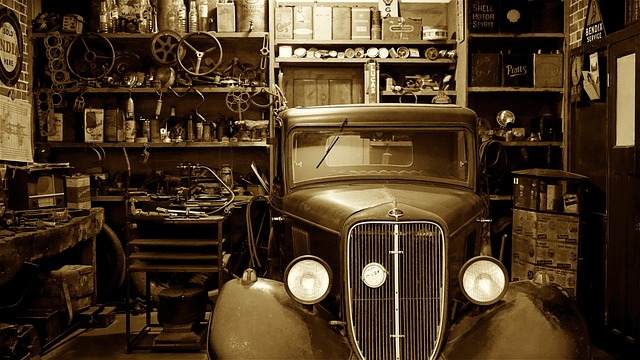
Repair Quality Verification (RQV) is a critical process that ensures the highest standards are met after major repairs on vehicles, be it a car, truck, or any other type of automotive asset. It involves a thorough inspection and assessment of the repair work done at a collision repair center or auto body restoration shop. The primary goal is to validate that the repair is structurally sound, aesthetically pleasing, and meets safety regulations, thus ensuring customer satisfaction and vehicle longevity.
RVQ goes beyond simple visual checks. It includes functional tests, quality control measures, and material inspections. For instance, in a car bodywork services scenario, RQV might involve checking the alignment of panels, paint job consistency, and proper sealing to prevent water ingress. This meticulous process is vital for maintaining the vehicle’s structural integrity and protective coatings, ensuring it can withstand the rigors of daily driving and environmental conditions for years to come.
Benefits of Conducting Thorough Post-Repair Checks
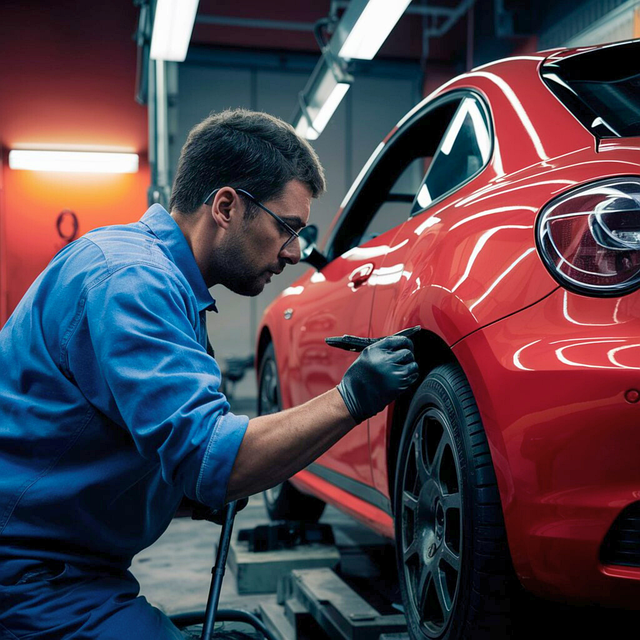
Conducting thorough post-repair checks is an essential step in ensuring the highest quality standards after major repairs, such as car scratch repair or automotive collision repair. These checks serve multiple benefits that go beyond simply satisfying the customer. By implementing rigorous repair quality verification processes, repair facilities can identify and rectify any subtle imperfections or discrepancies that may have been overlooked during the initial repair process. This proactive approach enhances overall repair accuracy and ensures customer satisfaction.
Moreover, regular post-repair assessments help in maintaining a consistent level of professionalism and expertise within the facility. It allows technicians to benchmark their work against established standards, fostering continuous improvement and excellence in their craft. In industries like automotive collision repair, where precision and safety are paramount, such meticulous attention to detail can be the difference between a job well done and one that leaves room for improvement.
Best Practices for Effective Repair Quality Verification
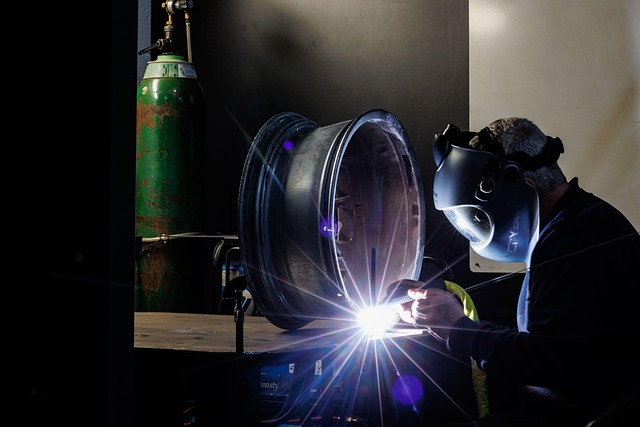
Effective repair quality verification is a multifaceted process that ensures the highest standards in auto body work. Best practices involve a systematic approach, beginning with clear communication between the customer and repair shop. Transparency about the scope of work and expected outcomes sets the stage for satisfaction. Before finalizing any repairs, a comprehensive visual inspection by a qualified technician should be conducted, meticulously documenting every aspect of the car bodywork services provided. This includes checking for proper alignment, paint job quality, and the integrity of all structural components.
Additionally, utilizing advanced technology like 3D scanning or digital imaging can offer precise measurements and comparisons, enhancing the verification process. Testing and validating each repair step ensures adherence to industry standards and safety regulations. By integrating these best practices, auto body shops can guarantee their work meets customer expectations, fostering trust and promoting a positive reputation for high-quality car bodywork services.
Repairs, no matter how extensive, are never truly complete without a rigorous check. Repair quality verification is not just a formality but an essential step to ensure customer satisfaction and safety. By implementing best practices outlined in this article, professionals can confidently guarantee that repairs meet the highest standards, providing long-lasting results and fostering trust among clients. Prioritizing repair quality verification matters because it’s the key to maintaining a robust and reliable work ethic.
